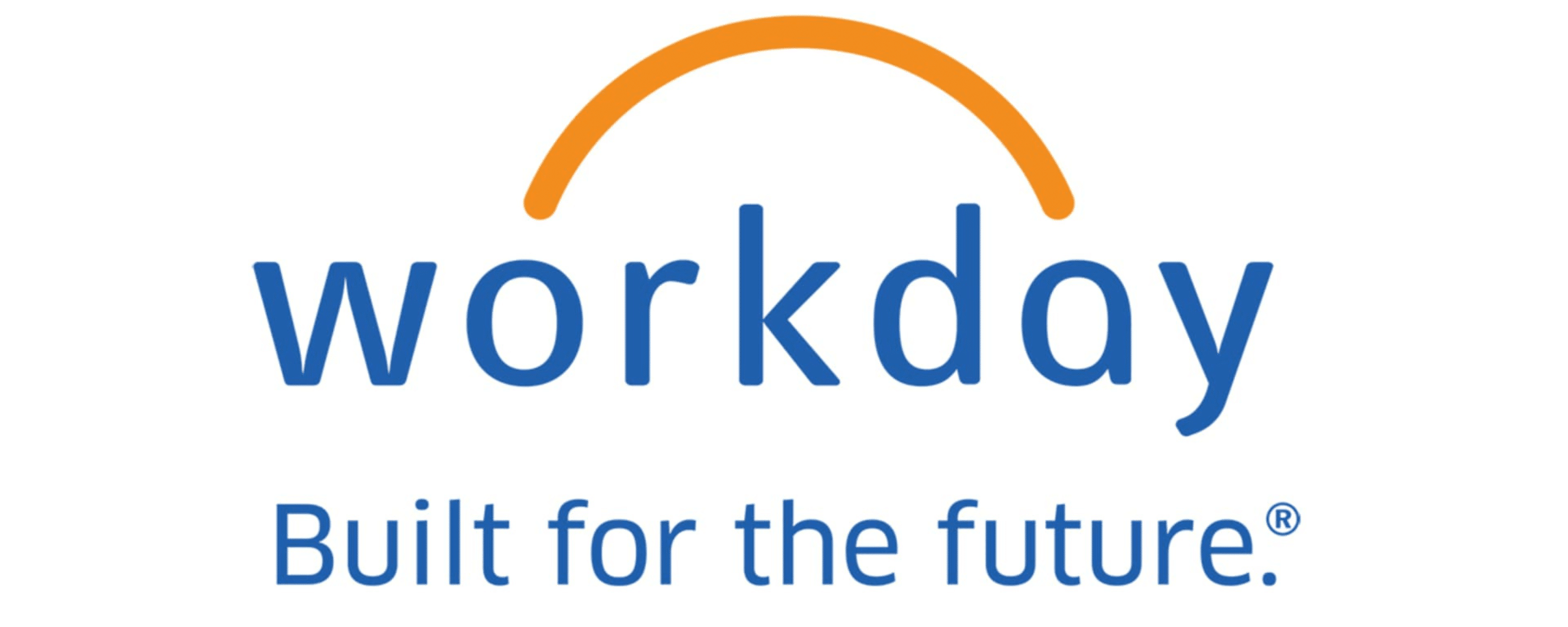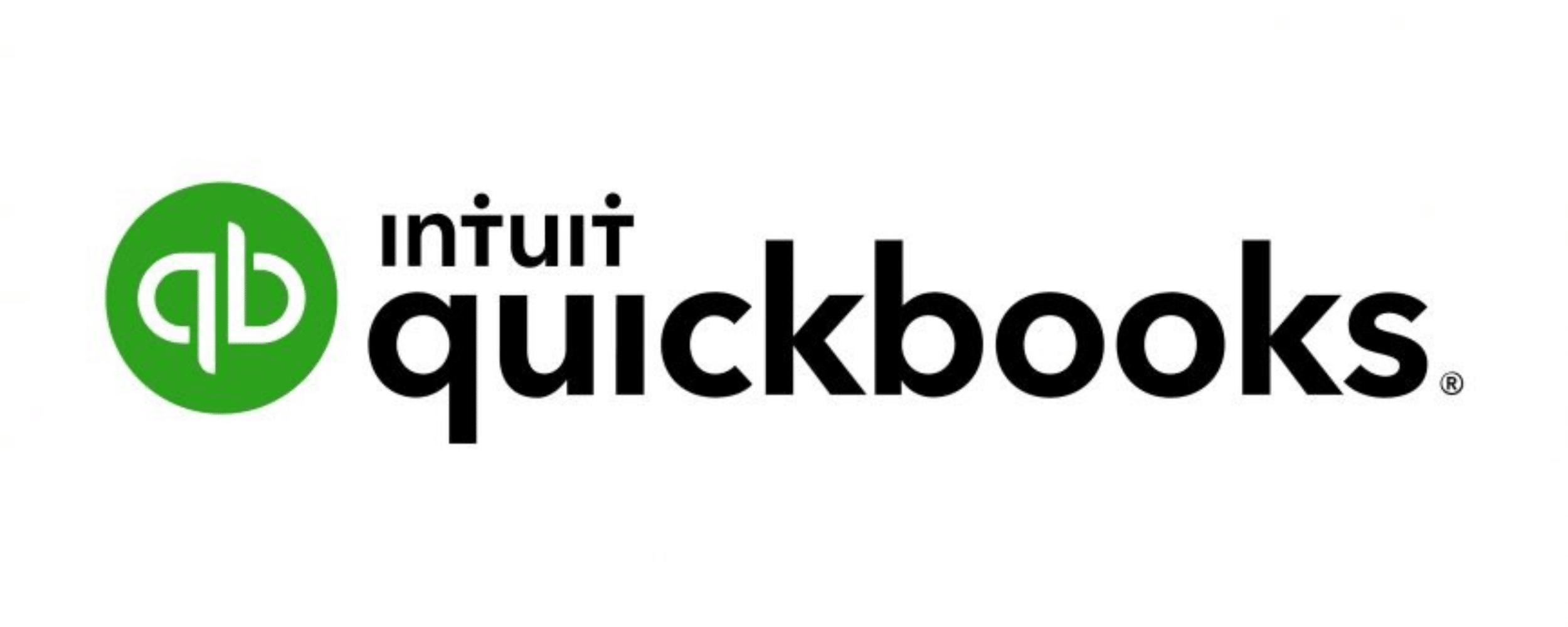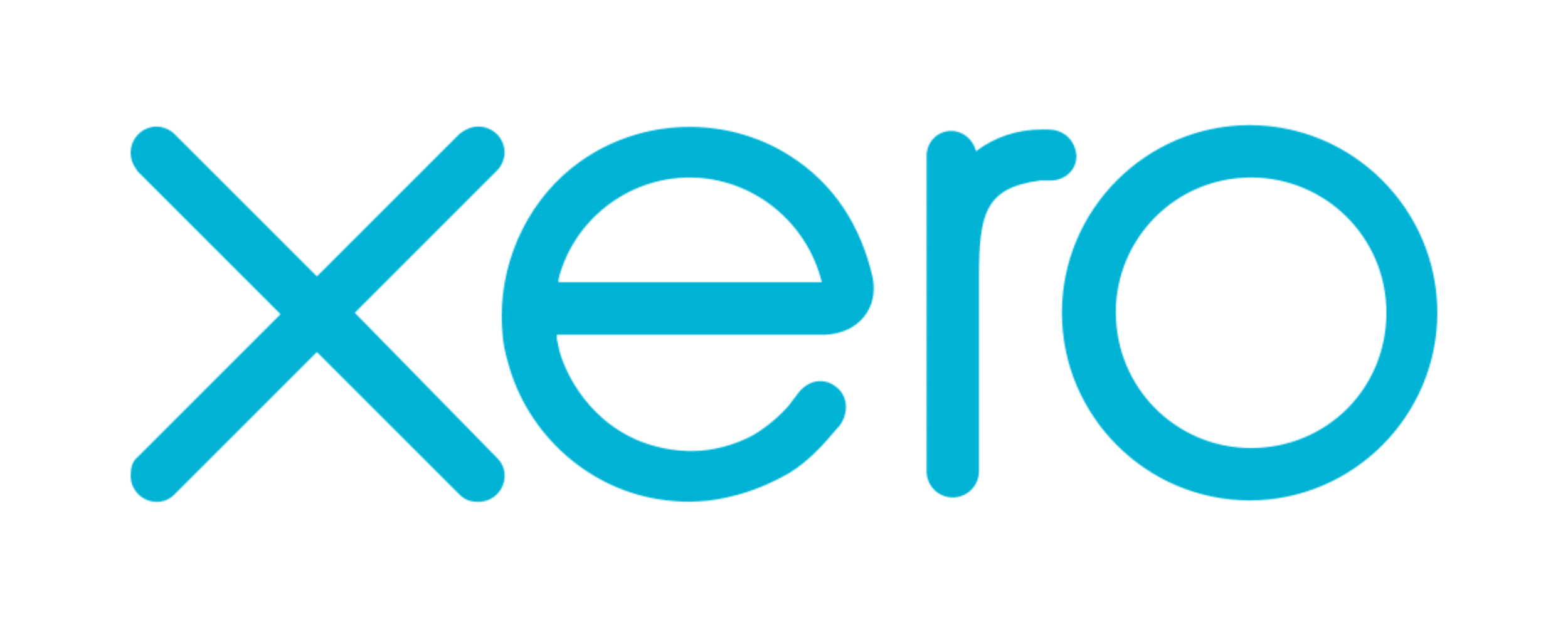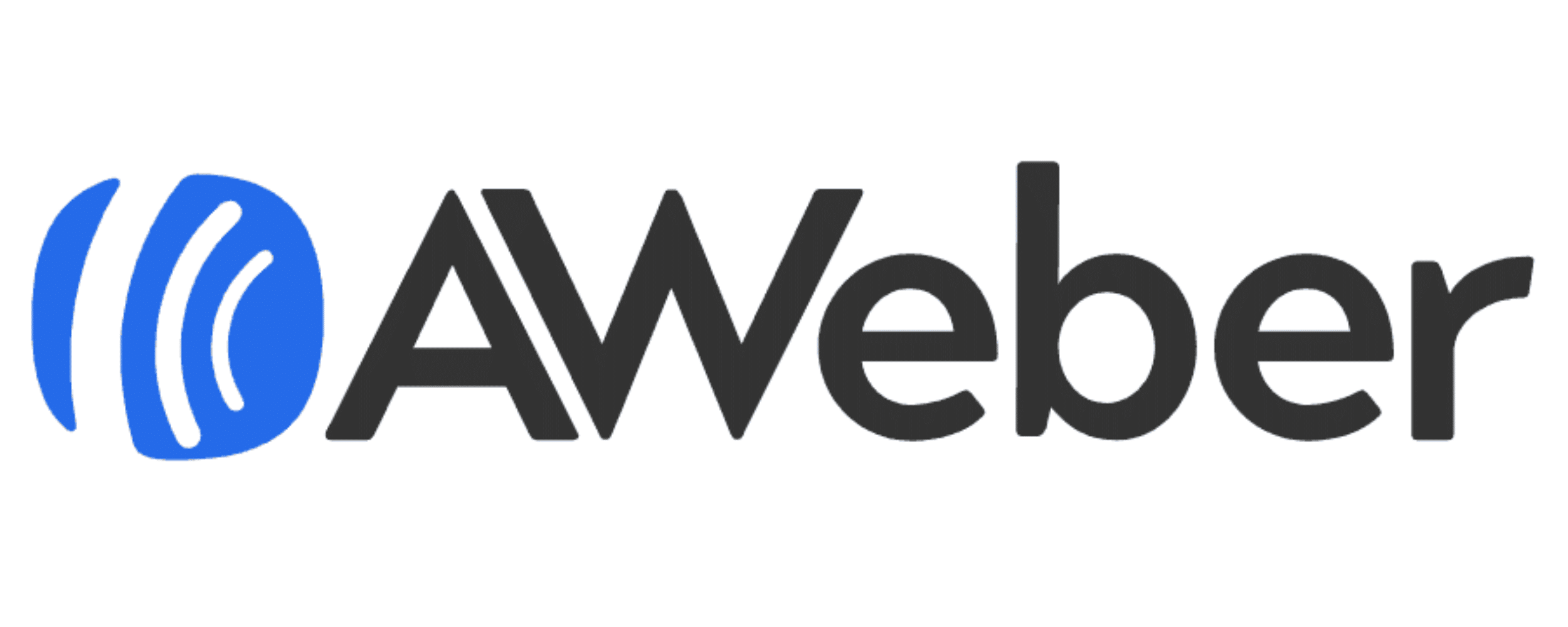Lead the Way : Top 20 Business Development Tools for 2023
Business development tools came into existence to help businesses grow and succeed in a highly competitive market. These tools provide a wide range of functionalities that support various aspects of business operations. These tools help businesses streamline their operations, increase productivity, and make informed decisions based on data insights.
Overall, business development tools have become essential for businesses looking to stay ahead of the competition, boost growth, and achieve success in today’s fast-paced and ever-changing business landscape.
What is a Business Development tool?
A Business Development tool is software or application designed to help businesses grow, develop, and expand their operations.
These tools enable businesses to optimize their sales and marketing activities by providing insights and analytics that help identify the most promising leads and opportunities.
Business Development tools are used by many companies worldwide of all sizes and industries to get new business and increase business department efficiency, productivity, and revenue.
They can provide valuable insights into business operations, help identify opportunities for growth, other and business development opportunities and enable businesses to stay competitive in an ever-changing marketplace.
Table of Contents
- Introduction
- What is a Business Development tool?
- Why are Business Development Tools important?
- 20 Best Business development tools
- Conclusion
- Frequently Asked Questions
Why are Business Development Tools important?
Business Development tools can help businesses analyze data to make informed decisions. These tools can automate various other business development processes. Business Development tools can automate many routine tasks, freeing up time for businesses to focus on more important activities. They can help teams collaborate and communicate more effectively. Therefore, leading to increased productivity and profitability.
Let’s explore the 20 Best Powerful Business development tools:
Customer Relationship Management (CRM) software:
Customer Relationship Management (CRM) software is a tool used to manage customer interactions and relationships.
It is one of the best tools to track customer interactions across different channels. CRM software can help businesses store and organize customer data, including contact information, purchase history, and preferences. Here are examples of some of the CRM Software:
1) Salesforce:

Salesforce is a cloud-based CRM platform that allows businesses to manage customer relationships, sales, and marketing all in one place.
Pros of Salesforce CRM:
- Feature-rich: Salesforce offers a wide range of features and capabilities, including lead management, sales forecasting, marketing automation, and customer service management.
- Customization: Salesforce allows for a high degree of customization, with tools for creating custom fields, objects, and workflows to fit a business’s specific needs.
- Integration: Salesforce offers integrations with a wide range of business tools and platforms, including marketing automation, social media, and accounting software.
- Scalability: Salesforce is a scalable solution, capable of serving the needs of small businesses and large enterprises alike.
- Security: Salesforce takes security seriously and offers a range of security features and options to ensure data protection.
Cons of Salesforce CRM:
- Complexity: The range of features and customization options can make Salesforce a complex tool to learn and use.
- Support: Some users have reported difficulties with Salesforce’s customer support, including long wait times and unresponsive agents.
- Dependence on the Internet: Salesforce is cloud-based, which means it requires a reliable Internet connection to access and use, making it vulnerable to Internet disruptions.
2) HubSpot CRM:

HubSpot CRM is a free CRM tool that allows businesses to manage customer interactions and relationships. One of the standout features of HubSpot CRM is its easy-to-use interface and intuitive design, making it accessible for businesses of all sizes and skill levels.
Pros of HubSpot CRM:
- Free: HubSpot CRM is completely free to use, with no hidden fees or charges.
- User-friendly: The interface is user-friendly and easy to navigate, making it accessible for businesses of all sizes.
- Customization: HubSpot CRM offers a range of customization options, allowing businesses to tailor the tool to their specific needs.
- Customer support: HubSpot CRM offers excellent customer support, including a knowledge base, support forum, and email support.
Cons of HubSpot CRM:
- Limited reporting capacity: HubSpot CRM’s reporting capabilities are limited, with only basic reporting options available.
- Restricted customization options: HubSpot CRM relies heavily on its own ecosystem, limiting integration options for users.
Marketing automation tools:
Marketing automation tools are software platforms designed to automate repetitive marketing tasks and workflows.
By automating these repetitive tasks, marketing automation tools can help marketers save time, improve efficiency, and scale their efforts.
These tools often use data-driven insights to deliver personalized messaging and targeted campaigns that can drive better engagement and conversions. Here are some examples of Marketing automation tools:
1) HubSpot:

HubSpot offers a suite of marketing automation tools, including email marketing, email campaigns, lead nurturing, social media management, and more.
Pros of Hubspot:
- Comprehensive feature set: HubSpot offers a complete suite of marketing automation tools, including email marketing, lead nurturing, social media management, and more, all in one platform.
- User-friendly: HubSpot’s platform is known for being easy to use, with a clean and intuitive interface that requires minimal technical expertise.
- Scalable: HubSpot’s platform can scale with businesses of all sizes, from small startups to large enterprises, making it a versatile solution for a variety of needs.
- Strong integrations: HubSpot integrates with a wide range of third-party tools, including CRMs, eCommerce platforms, and even multiple social networks and media management tools, allowing businesses to seamlessly integrate their marketing efforts with other parts of their tech stack.
- Analytics and reporting: HubSpot offers robust analytics and reporting tools, providing businesses with valuable insights into campaign performance, customer behavior, and more.
Cons of Hubspot:
- Integrations can be limited: The tool integrates with many third-party tools, and some businesses may find that their specific tech stack is not fully supported by the platform.
- Cost: HubSpot’s pricing can be a barrier for some businesses, with plans ranging from a few hundred to thousands of dollars per month, depending on the feature set and level of service.
2) Marketo:

Marketo is a comprehensive marketing automation platform that includes lead management, email marketing, social media management, and analytics.
Pros of Marketo:
- Strong features: Marketo offers a comprehensive suite of marketing automation tools, including lead management, email marketing, and analytics, making it a powerful solution for businesses of all sizes.
- Powerful integration capabilities: Marketo integrates with a wide range of third-party tools, including CRMs, eCommerce platforms, and media management tools, allowing businesses to seamlessly integrate their marketing efforts with other parts of their tech stack.
- Advanced analytics and reporting: Marketo offers robust analytics and reporting tools, providing businesses with valuable insights into campaign performance, customer behavior, and more.
- Active user community: Marketo has an active user community, providing businesses with access to a wealth of knowledge and resources.
Cons of Marketo:
- Expensive: Marketo’s pricing can be a barrier for some businesses, with plans ranging from a few thousand to tens of thousands of dollars per year, depending on the feature set and level of service.
- Limited customer support: Marketo’s customer support team has been criticized by some users for being slow to respond to inquiries or requests for assistance.
Business intelligence (BI) software:
It is a technology-driven process of collecting, analyzing, and presenting business data to support decision-making.
BI software enables organizations to visualize and analyze complex data sets and identify insights that can drive business growth.
Business software is one of the important tools that help the business development process to track key performance indicators (KPIs), measure the success of business development campaigns, and monitor trends and patterns over time. Here are some examples of BI software:
1) IBM Cognos:

IBM Cognos is a business intelligence (BI) and performance management software suite that enables organizations to analyze and report on various types of data.
It provides a range of capabilities to manage projects, including reporting, dashboarding, data visualization, and analysis.
Pros of IBM Cognos:
- Advanced analytics: IBM Cognos provides advanced analytics capabilities, including predictive analytics and data mining, allowing businesses to uncover valuable insights and make data-driven decisions.
- Integration: The software can be integrated with various data sources and enterprise applications, allowing for seamless data flow and improved efficiency.
- Customization: IBM Cognos offers a wide range of customization options, allowing users to create and tailor reports and dashboards to their specific needs and preferences.
- Scalability: The software is designed to handle large volumes of data and can scale to meet the needs of growing businesses and organizations.
- Security: IBM Cognos offers robust security features and detailed reports, including user authentication, data encryption, and access controls, to protect sensitive business information.
Cons of IBM Cognos:
- Complexity: The software has a steep learning curve and can be complex to use, requiring training and support to fully utilize its capabilities.
- Cost: IBM Cognos can be expensive, making it less accessible for smaller businesses or organizations with limited budgets.
- Resource-intensive: IBM Cognos can be resource-intensive, requiring dedicated hardware and IT resources to run effectively.
2) Tableau:

Tableau is a powerful data visualization and business development tool that helps users to understand their data and make better decisions.
It helps users to create interactive and shareable dashboards, reports, and visualizations using data from various sources.
Tableau has become a helpful tool for businesses and organizations looking to better understand their data.
Pros of Tableau:
- Easy to use: Tableau has a user-friendly interface that makes it easy for users to create and interact with visualizations without needing advanced technical skills.
- Interactive: Tableau allows users to create interactive visuals that can be easily shared and explored by others.
- Wide range of data sources: Tableau can connect to a wide range of data sources, including spreadsheets, databases, and cloud-based applications.
- Large community: Tableau has a large number of users, making it easy for users to find resources and support.
Cons of Tableau:
- Limited customization: Tableau has some limitations in terms of customization options, which can be frustrating for users with specific needs.
- Performance issues: Large datasets or complex visualizations can cause performance issues in Tableau.
Project management tools:
They are software applications that help teams and individuals plan, organize, and manage projects.
They provide a centralized platform for project collaboration customer communications, task tracking, resource allocation, and progress monitoring.
These tools are essential for any project-based organization, as they help teams stay organized, improve communication, and ensure that projects are completed on time and within budget. Overall, it is an essential business development tool. Here are examples of Management tools:
1) Jira:

Jira is highly customizable, allowing teams to create their own workflows and processes to suit their unique needs. Jira allows users to create custom workflows that match their specific needs and processes.
Pros of Jira:
- Customizable workflows: Jira allows teams to create and customize workflows that fit their specific needs.
- Reporting and analytics: Jira offers powerful reporting and analytics features, which help teams to monitor project progress with up-to-date information.
- Active community: Jira has a strong community of users who share tips and best practices, offer support, and contribute to the ongoing development of the platform.
Cons of Jira:
- Expensive pricing: Jira’s pricing can be expensive for smaller teams or startups, which may make it difficult to justify the cost.
- Overwhelming interface: Jira’s interface can be overwhelming, with a lot of features and options that can be confusing for new users.
2) Microsoft Project:

Microsoft Project offers features to help project managers and the entire team to develop and execute project plans, track progress, allocate resources, and manage budgets.
Pros of Microsoft Project:
- Project Planning: Microsoft Project enables users to create detailed project plans and schedules, which helps in keeping the project on track. Thereby, making it the best tool for a business development team.
- Customizable: Microsoft Project allows users to customize project templates, which can save time and help to ensure consistency across projects.
- Reporting: Microsoft Project offers robust reporting capabilities, allowing users to generate reports that provide valuable insights into project performance.
Cons of Microsoft Project:
- Requires Microsoft environment: As a Microsoft product, Microsoft Project requires a Microsoft environment, which may limit its compatibility with other software and operating systems.
- Limited collaboration features: Microsoft Project has some collaboration features, but they are not as robust as those found in other project management tools.
Human Resources Management (HRM) software:
(HRM) software is a tool designed to help businesses manage their workforce effectively. The tool provides a centralized database that holds employee data, including detailed reports like personal & contact details, employment history, and performance evaluations. Here are some examples of HRM software:
1) Workday:

Workday is a cloud-based human resources management software that offers solutions for financial management, human capital management, payroll, and analytics.
Pros of Workday:
- User-friendly interface: Workday has a clean and easy-to-use interface, making it simple for users to navigate and find what they need.
- Comprehensive HR features: Workday provides a wide range of HR features, including recruitment, contact details, benefits management, payroll, time tracking, and more.
- Cloud-based: Workday is a cloud-based system, making it easy to access from anywhere with an internet connection.
- Mobile app: Workday offers a mobile app, allowing users to access the system and complete tasks on the go.
Cons of Workday:
- Customization limitations: Workday’s customization options are somewhat limited, which may be frustrating for companies with unique needs.
- Complexity: The tool can be complex, with a wide range of features and options. This complexity may be overwhelming for some users.
2) SAP SuccessFactors:
It is a cloud-based Human Capital Management (HCM) solution that offers a comprehensive set of tools to manage HR processes from recruitment and talent management to payroll and benefits administration. Thereby, making it one of the best business development tools.
Pros of SAP SuccessFactors:
- Comprehensive HR solution: SAP SuccessFactors provides a comprehensive HR solution that covers all aspects of HR management, from recruiting to retirement.
- A cloud-based platform: SuccessFactors is a cloud-based platform, which means it is accessible from anywhere, and the software is always up-to-date.
Cons of SAP SuccessFactors:
- Expensive: SAP SuccessFactors is a premium HR solution that comes with a high price tag. Small businesses and startups may find it difficult to afford.
- Dependence: The tool offers a wide range of modules and features, some businesses may need to rely on third-party integrations to meet their specific needs.
Finance and accounting software:
Finance and accounting software is designed to help businesses manage their financial transactions and accounts. It can also provide insights into a company’s financial performance through reporting and analytics. Here are examples of Finance and accounting software:
1) QuickBooks:

QuickBooks is a financial accounting software that helps small businesses manage their financial transactions and automate accounting tasks. It offers a range of features, including invoice creation and tracking, bill payment, expense tracking, and financial reporting.
Pros of Quickbooks:
- Integration with other software: QuickBooks offers integrations with many popular software solutions, including payment processors, inventory management, and more.
- Real-time financial data: QuickBooks offers real-time financial data and reporting, which can help businesses make informed decisions and react quickly to changes.
Cons of Quickbooks:
- Users: Some versions of QuickBooks limit the number of users, which can be an issue for growing businesses.
- Expensive upgrades: Upgrading to newer versions of QuickBooks can be expensive, and some businesses may not need all the features included in the upgrade.
2) Xero:

Xero is a comprehensive accounting solution that can help businesses of all sizes manage their finances more efficiently.
Xero, users can create and send invoices, track expenses, manage bills and purchase orders, and handle inventory.
Pros of Xero:
- Multi-currency support: Xero allows you to manage transactions in multiple currencies, making it a great choice for businesses that operate internationally.
- Automatic bank feeds: Xero can automatically import bank transactions, saving time on manual data entry.
Cons of Xero:
- Robust reporting: Xero offers a variety of reports, including profit and loss statements, balance sheets, and cash flow statements, providing valuable insights into business finances. Thereby, making it the best business development tool.
- Payroll limitations: Xero’s payroll functionality is limited in some countries, which may not be suitable for businesses that require more comprehensive payroll management.
Social media management software:
Social media management software aids businesses to manage their social media presence, including scheduling posts, and social media accounts management, monitoring engagement, and analyzing results. Here are examples of Social media management tools needed for business development:
1) Hootsuite:

Hootsuite allows you to manage all your social media accounts in one place, monitor mentions and keywords, schedule posts, and analyze performance.
Pros of Hootsuite:
- Easy to use: Hootsuite is user-friendly, and you can quickly get started without much training.
- Saves time: Hootsuite allows you to manage all your accounts on the same page, saving you time.
- Analytics: Hootsuite provides detailed analytics and reports to help you track your social media performance and improve your strategies.
- Collaboration: Hootsuite has team collaboration features that allow team members to work together on the social media account.
Cons of Hootsuite:
- Limited features: The free version of Hootsuite has limited features, and you may need to upgrade to access more features.
- Security concerns: Hootsuite has had some security issues in the past, and users need to be careful with their account information.
2) SocialPilot:

SocialPilot is a social media management tool that offers features like scheduling, analytics, and team collaboration.
With SocialPilot, businesses can create, schedule and publish social media posts, track social media performance, and engage with their audience.
Pros of SocialPilot:
- Flexible: The tool Supports various social media platforms and scheduling options.
- Features: Provides white-labeling options for agencies and businesses.
Cons of SocialPilot:
- Technical issues: Occasional bugs and glitches were reported by some users.
- Restricted Integrations: Integrations with third-party apps and tools are limited.
- Finite customer support: Support options, with only email and chat support available.
Sales management software:
Sales management software is one of the best business development tools that help sales teams to manage the sales process, from lead generation to closing deals, and provides insights into sales performance and forecasting. Here are some examples of Sales software:
1) Salesforce Sales Cloud:

It is s a popular sales management software that helps businesses manage their sales processes, customer data, and the sales team’s performance.
Pros of Salesforce Sales Cloud:
- Customization: Salesforce Sales Cloud offers a high degree of sales intelligence, allowing users to tailor the platform to meet their unique business needs.
- Reporting and Analytics: With advanced reporting and analytics capabilities, Salesforce Sales Cloud helps sales teams track key performance metrics, identify trends, and make data-driven decisions.
- Collaboration: Salesforce Sales Cloud promotes collaboration between members of sales teams, allowing for a more streamlined and efficient sales performance.
- Mobile Access: The tool offers mobile apps that allow sales professionals to access customer data and complete tasks on the go.
Cons of Salesforce Sales Cloud:
- Cost: Salesforce Sales Cloud is a premium solution and can be expensive for small businesses or startups.
- Implementation Time: The implementation process for Salesforce Sales Cloud can be time-consuming and requires a significant investment of resources.
2) Pipedrive:

Is a cloud-based sales management software that allows businesses to manage their sales funnel effectively.
It provides sales reps with a visual representation of the company domain sales pipeline, which helps sales professionals and the sales team to prioritize leads and deals.
Pros of Pipedrive:
- Customizable pipeline: You can customize the sales pipeline to match your sales process and track deals according to your own criteria.
- Efficient sales management: Pipedrive allows individual sales reps to track deals and collaborate with sales team members in a way that promotes accountability and transparency.
Cons of Pipedrive:
- Bounded reporting capabilities: Pipedrive’s reporting capabilities are limited, and it can be challenging to generate custom reports.
- Limited automation: Pipedrive lacks some of the automation features of other sales management tools.
Video conferencing tools:
Video conferencing tools are one of the essential business development tools that allow businesses to hold virtual meetings with clients and team members, improving communication and collaboration. Here are some examples of the best tools for Video Conferencing:
1) Zoom:
Is a cloud-based video conferencing software that allows people to communicate and work remotely. Today, there are 300 million users using Zoom for daily meetings.
Pros of Zoom:
- High-quality video and audio: Zoom provides high-quality video and audio, making it one of the best tools for business development.
- Large capacity: Zoom can accommodate up to 1000 participants in one call, making it ideal for large meetings and webinars.
- Screen sharing: Zoom allows users to share their screens, which is helpful for presentations or demonstrations.
Cons of Zoom:
- Dependence on stable internet: Zoom requires a stable internet connection, which can be a problem if you’re in an area with poor connectivity.
- Subscription cost: Zoom’s premium plans can be expensive for businesses that require additional features and capabilities.
- Security concerns: Zoom has had some security issues in the past, which can be a concern for users who prioritize data privacy.
2) Microsoft Teams:
Microsoft Teams is a collaboration platform that enables teams to chat, share files, and work together on projects from anywhere.
It is part of the Microsoft 365 suite of applications and integrates with other Microsoft services like OneDrive and SharePoint.
It is used by businesses of all sizes to improve communication and productivity and build successful businesses.
Pros of Microsoft Teams:
- Integration with Microsoft 365 Suite: As part of the Microsoft 365 suite, Teams seamlessly integrates with other Microsoft apps like Outlook, SharePoint, and OneDrive.
- Robust collaboration features: Teams offers a variety of collaboration features like group chats, file sharing, screen sharing, video conferencing, and more, making it easy for teams to work together remotely.
- Customizable: Teams allow for the customization of notifications, backgrounds, and third-party integrations.
- Security: Teams provide end-to-end encryption for messages, files, and video calls.
- Mobile app: Teams has a mobile app available for iOS and Android, allowing users to stay connected and collaborate on the go.
Cons of Microsoft Teams:
- Resource-intensive: Running Teams on older or less powerful devices can be slow and resource-intensive.
- Limited guest access: Teams have limited guest access, which can be an issue for collaborating with external partners.
- File management: Teams’ file management systems can be confusing and difficult to navigate at times.
Email marketing software:
Email marketing software allows businesses to create and send targeted email campaigns to customers and prospects, building relationships and driving revenue.
1) Mailchimp:

Mailchimp is a cloud-based email marketing platform that allows businesses to manage their email campaigns and mailing lists.
It offers a variety of features, including customizable email templates, email automation, social media integration, analytics, and more.
Pros of Mailchimp:
- Automation: Mailchimp allows you to automate your email campaigns based on various triggers, like a new subscriber or a purchase.
- Segmentation: You can segment your audience based on various criteria, like location or behavior, to send targeted campaigns.
- Reporting: Mailchimp provides detailed reporting on email campaign performance, including open rates, click-through rates, and more.
Cons of Mailchimp:
- Finite templates: Mailchimp’s free plan has limited template options, which may not suit all business’s needs.
- Automation limitations: Mailchimp’s automation capabilities are not as advanced as some other email marketing tools.
- Deliverability issues: Some users have reported issues with their emails being marked as spam by recipients or not being delivered at all.
2) AWeber:

It is a popular email marketing tool that allows users to easily create and send email campaigns to their subscribers.
It includes features like email automation, drag-and-drop email builder, subscriber management, and analytics reporting.
Pros of AWeber:
- User-friendly interface: AWeber has an intuitive and easy-to-use interface, making it simple for beginners to get started with email marketing.
- Wide range of email templates: Customize AWeber’s pre-designed email templates to match your brand effortlessly.
- Advanced automation features: Automate email campaigns with triggers and actions on AWeber to save time and effort.
- A/B testing: AWeber provides A/B testing to experiment with email elements such as subject lines and content for better results.
Cons of AWeber:
- Email delivery issues: Some users have reported issues with email deliverability, which can impact the success of your email campaigns.
- Limited landing page capabilities:AWeber’s landing page builder is limited, which can be a disadvantage for businesses that heavily rely on lead generation.
Conclusion
In conlusion, Business Development tools streamline processes, automate tasks, and improves lead generation and management for increased sales, revenue, and productivity. Above listed tools facilitate collaboration among teams, allowing them to work together more effectively and share information in real-time.
Therefore, businesses that invest in Business Development tools can gain a competitive advantage, improve their bottom line, and build a strong foundation for long-term growth and success.
Frequently Asked Questions:
What are Business Development tools?
It is a software application designed tool to help businesses and organizations identify, pursue and manage new business development opportunities.
Why do organizations need Business Development tools?
Organizations need these tools to automate their business development process, manage their sales pipeline, and enhance their customer relationship management. This leads to increased productivity, better lead management, and more effective customer engagement.
What are some examples of Business Development tools?
Some examples of Business Development tools include Salesforce Sales Cloud, HubSpot CRM, Pipedrive, Zoho CRM, and Microsoft Dynamics 365 Sales.
How do Business Development tools improve productivity?
Business development tools provide insights and analytics that enable teams to make data-driven decisions. This helps teams to prioritize tasks and identify the most effective strategies for achieving their goals.
What are the benefits of using Business Development tools?
Using these tools boosts lead generation and management, customer engagement, business processes, productivity, and team collaboration.










